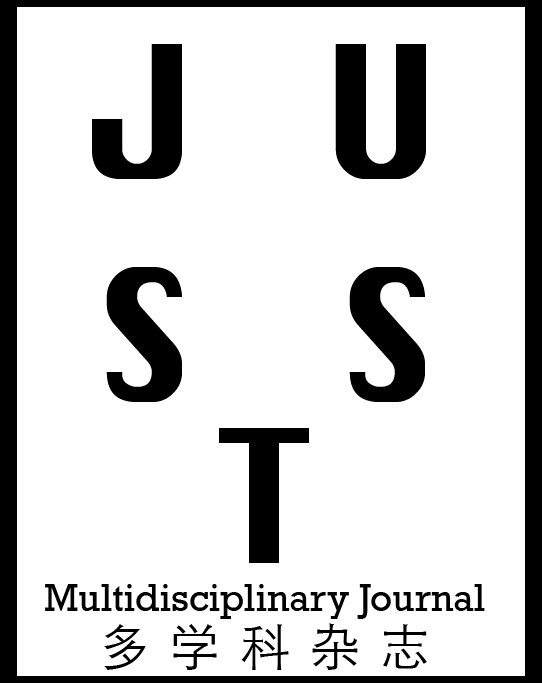Syamili, Research Scholar
Department of Microbiology, Hindusthan College of Arts and Science, Coimbatore, Tamil Nadu, India.
E, Dr. Manju, Assistant Professor
Department of Microbiology, Hindusthan College of Arts and Science, Coimbatore, Tamil Nadu, India.
Dr. Lali Growther, Head, Associate Professor
Department of Microbiology, Hindusthan College of Arts and Science, Coimbatore, Tamil Nadu, India.
Development of Herbal Composite and Evaluating its Antibacterial potential ability
Authors
Abstract
The objective was framed to analyse whether the plant extracts could support for the development of tissue engineered wound dressing materials and fight against pyogenic organisms. The present study was aimed to develop herbal composite using Hemigraphis colorata and Cyanthillium cinereum extracts. Fibroblast cell adhesion on herbal composite coated cotton materials were recorded using microscopic studies with an aim of developing a wound dressing material based on tissue engineering process. The engineered material was evaluated for its antibacterial potential against wound pathogens; and to assay the wound healing ability using a standard in vitro wound scratch method. Tissue engineered materials were developed using L929 fibroblast cells. L929 fibroblast cells attachment and its stage wise development on cotton wound dressing mesh materials were microscopically observed. Antibacterial activity results revealed that the herbal composites contain different types of phytochemical constituents that can affect the multiple target sites against the bacterial cells and its components. In vitro wound healing assay revealed that the developed composite (containing methanol extracts of Hemigraphis colorata and Cyanthillium cinereum) exhibited cell migration and proliferation after 12th hour of incubation indicating the wound healing ability of herbal composite. Hence, it can conclude that the phytochemical compounds present in the developed herbal composites are considered highly significant in treating
diabetic wounds. The results showed that the developed tissue engineered wound dressing has commercial interest in pharmaceuticals companies for the manufacturing of such materials in near future with different types of drugs coating on it.
